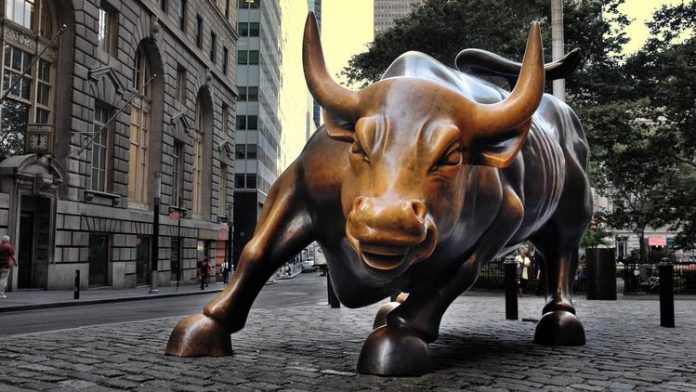After opening for a moderate gain in response to better-than-expected inflation data, stocks fell shortly before noon. The Dow, S&P, and Nasdaq Composite all gave up their morning returns as bulls once again ran out of steam.
Dow stocks led the way lower due to concerns over an economic slowdown in the US. Financials and industrials had a particularly rough morning while Big Tech managed to tread water.
But the biggest revelation today had to do with the August Consumer Price Index (CPI), released this morning. Inflation jumped 0.3% month-over-month (vs. 0.4% expected), “missing” analyst estimates for the first time since October 2020. Year-over-year, headline CPI rose 5.3% (vs. 5.4% expected). Core inflation, which excludes food and energy, climbed just 0.1% month-over-month (vs. 0.3% expected).
The data was initially received as positive, and it’s not surprising to see why. This was the first time in almost a year that analysts overestimated how “hot” inflation was running.
It won’t be enough to get investors buying again, however, if future reports and corporate earnings fall short of expectations.
“What we need to see to be fundamentally markets supportive is a continued easing in the inflation piece without deterioration in the economic outlook,” explained Charles Schwab’s chief investment strategist Liz Ann Sonders.
“The next couple of weeks, economic data points become even more important to see whether it confirms the weakness that we saw on the August jobs report or starts to suggest that maybe we’re seeing an improvement.”
Rick Rieder, chief investment officer of global fixed income at BlackRock, also didn’t view the August CPI print as worthy of celebration.
“The modest slowing in the rate of growth for inflation should temper market and policymaker concerns somewhat, despite the fact that inflation is likely to remain on the higher side for a while and risks of sticky inflation remain,” Rieder wrote in a Tuesday morning e-mail.
“That said, core CPI has already overshot its pre-Covid trend and still many economists are forecasting the highest levels of inflation in a decade, after having seen disinflation for years. The Federal Reserve may be declaring victory on its inflation mandate as a result of these recent price gains, but the U.S. consumer would appear to be less than thrilled about such ‘success.'”
The August Producer Price Index (PPI), released yesterday, showed a worse-than-expected rise in producer costs. Producers can either “eat” those costs, slimming margins and potentially reducing share prices, or simply pass them on to consumers. Which, in turn, may also drive share valuations lower.
Despite the “gloom and doom” today, it still probably makes sense to be a bull in the short term. Every dip this year has been bought, resulting in new market highs often within a matter of days. And nearly every month thus far has given traders fantastic dip-buying opportunities.
Is the recent plunge yet another one? It certainly appears to be. With the Fed backstopping equities, there’s no reason to abandon the strategy just yet. It’s a proven winner that delivers market-beating profits with regular consistency.
That being said, buying the dip will eventually fail. A “black swan” will at some point occur, jolting the market out of its persistent uptrend. Dip-buyers will get burned in the process.
But those who do get caught in a downturn will have made larger gains than the folks that refused to buy each temporary setback. Yes, the losses will be significant should a major meltdown occur.
After more than a year of incredible post-pandemic gains, though, it will be much easier to stomach. Dip-buyers will also potentially get in at the bottom of the next significant selloff prior to its subsequent explosive rally.
Which, these days, can happen even faster than when the market initially fell.








